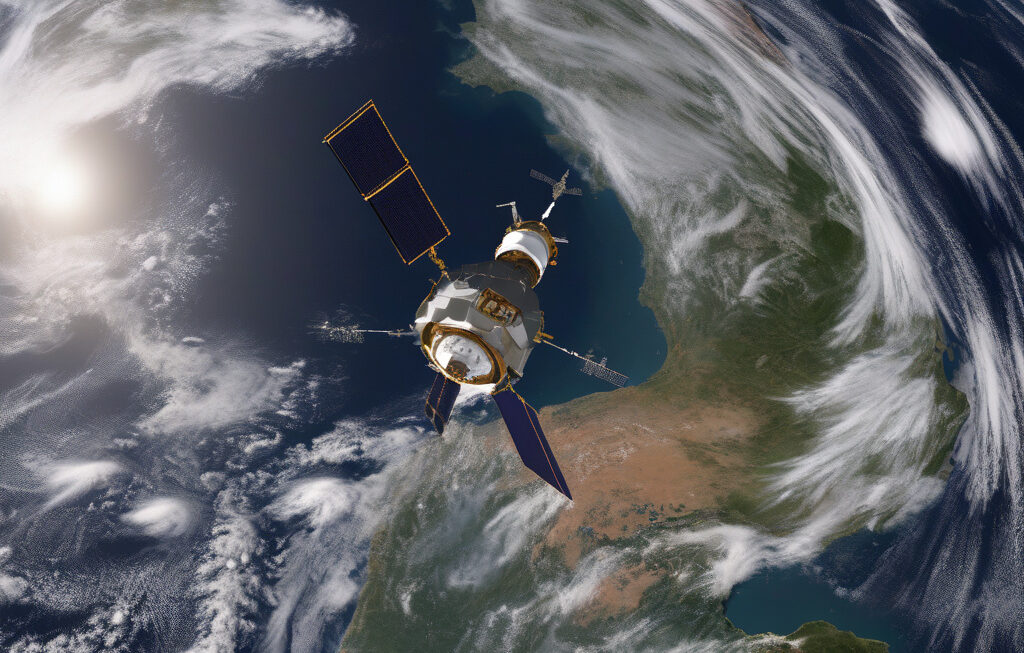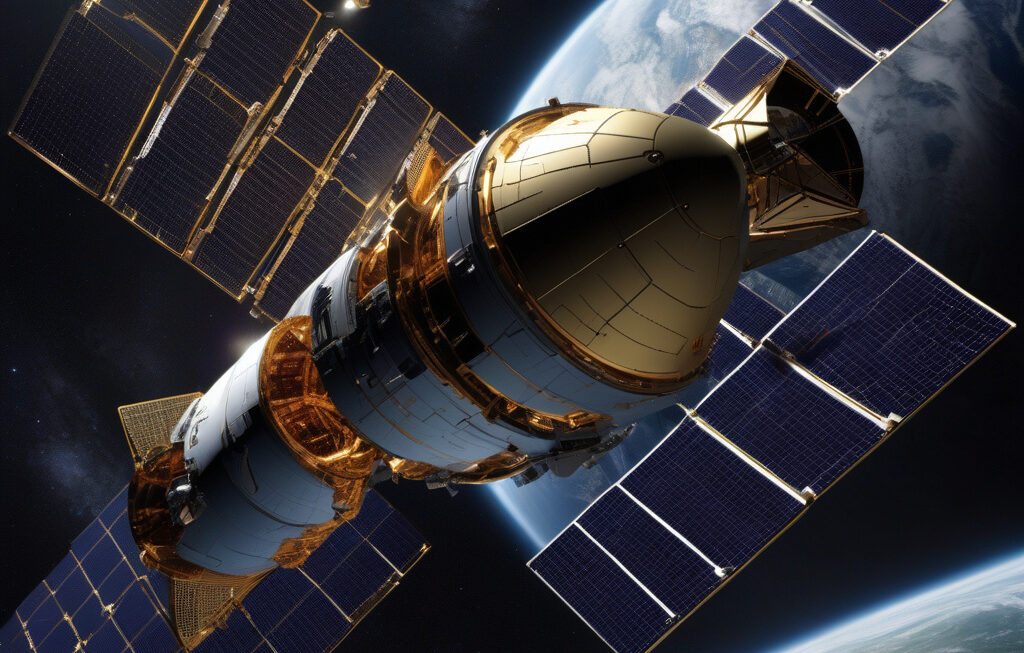China Plans Space Traffic System for 100,000 Satellites as Low Orbit Could Get Overcrowded
China is reportedly planning to develop a space traffic management system for sustainable use of low Earth orbit, as the increasing number of satellites poses a risk of overcrowding in space. With the goal of accommodating up to 100,000 satellites in orbit, this ambitious plan underscores the country’s commitment to advancing its space capabilities while ensuring the safe and efficient operation of satellite networks.
The rapid growth of satellite launches in recent years, driven by advancements in technology and the increasing demand for global connectivity, has raised concerns about the congestion and potential collisions in low Earth orbit. As more countries and commercial entities enter the space race, the need for robust traffic management systems becomes imperative to prevent accidents and safeguard critical satellite infrastructure.
China’s proposed space traffic system aims to address these challenges by monitoring and coordinating the movement of satellites in orbit, mitigating the risks of collisions and ensuring the long-term sustainability of space activities. By leveraging advanced tracking technologies and data analytics, the system will enable real-time monitoring of satellite trajectories and facilitate timely adjustments to avoid potential conflicts.
Furthermore, the development of a comprehensive space traffic management system aligns with China’s broader strategic objectives in space exploration and satellite technology. As a key player in the global space industry, China has made significant investments in satellite launches, space missions, and infrastructure development to enhance its presence in space and support applications such as telecommunication, Earth observation, and navigation.
In addition to enhancing operational safety and efficiency, the proposed space traffic system could also open up new opportunities for collaboration and coordination among space-faring nations. By establishing common standards and protocols for managing satellite traffic, China’s initiative could pave the way for international cooperation in addressing the challenges of space congestion and ensuring the sustainable use of outer space resources.
The integration of artificial intelligence and machine learning technologies into the space traffic management system could further enhance its capabilities in predicting and preventing potential collisions, optimizing satellite trajectories, and improving overall operational efficiency. By harnessing the power of data-driven insights, China aims to set new standards for space traffic governance and establish itself as a leader in space sustainability.
As the global space community grapples with the complex realities of space congestion and orbital debris, China’s proactive approach towards developing a comprehensive space traffic management system signals a significant step towards ensuring the long-term viability of space activities. By investing in innovative solutions and international cooperation, China is poised to play a crucial role in shaping the future of space governance and advancing the peaceful and sustainable use of outer space.
In conclusion, China’s ambitious plans to establish a space traffic system for 100,000 satellites highlight the growing importance of effective space governance in an era of increasing space activities. By prioritizing safety, sustainability, and collaboration, China sets a positive example for the global space community and paves the way for a more secure and efficient space environment for future generations.
space traffic, satellite technology, China, space governance, sustainability











